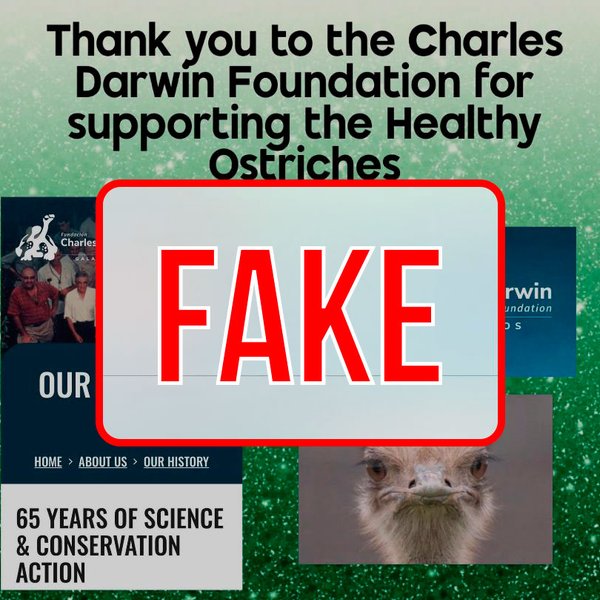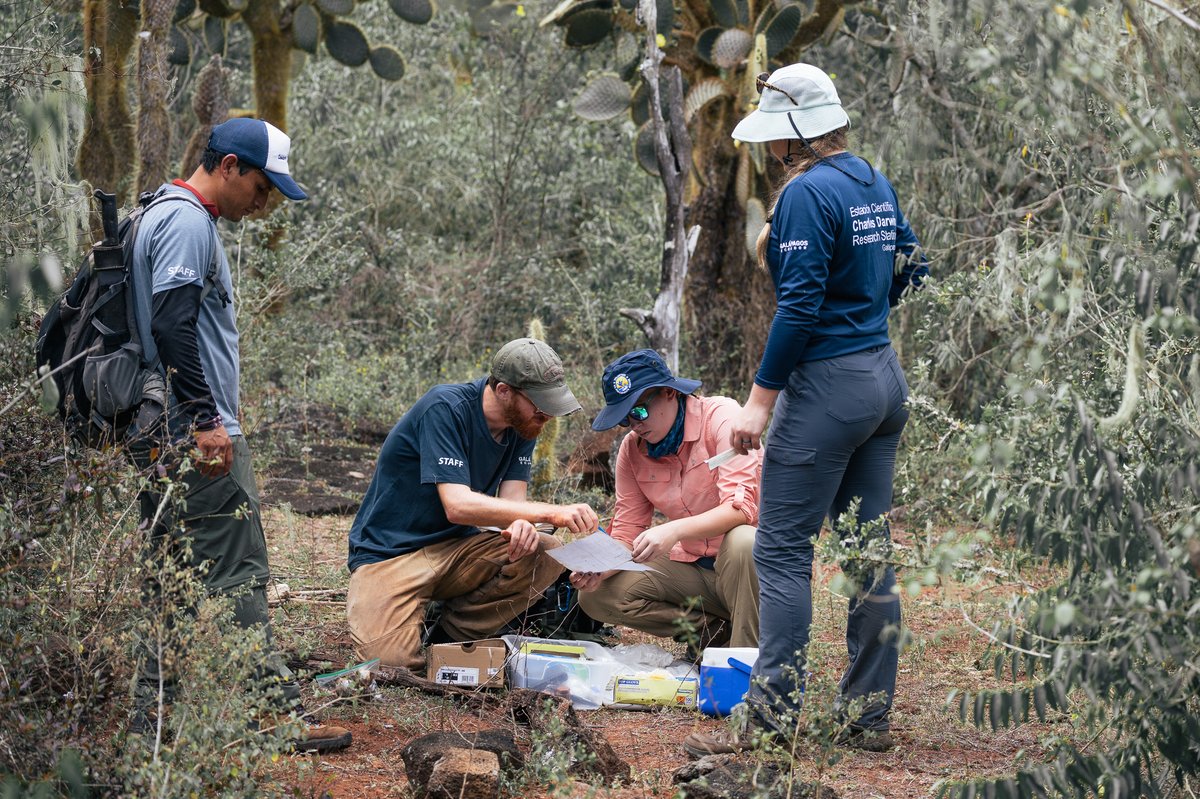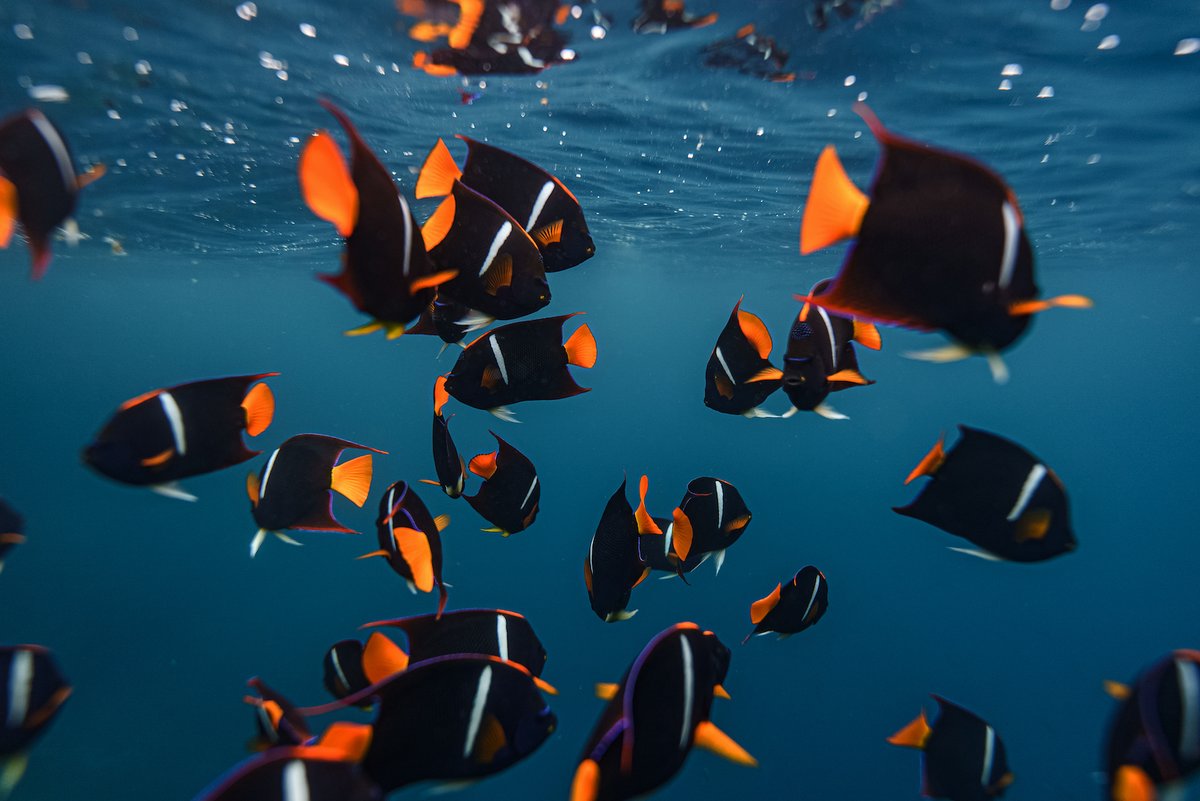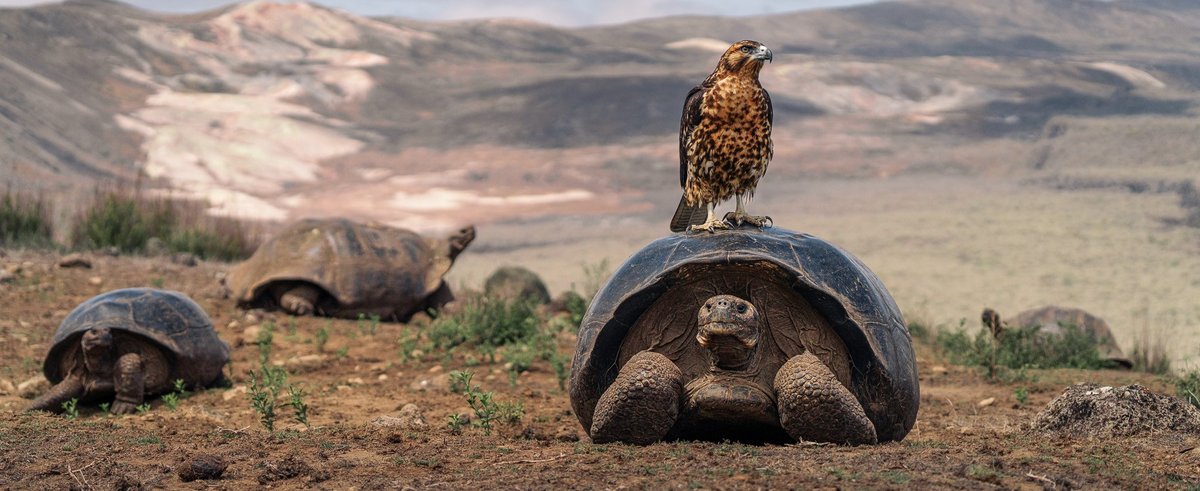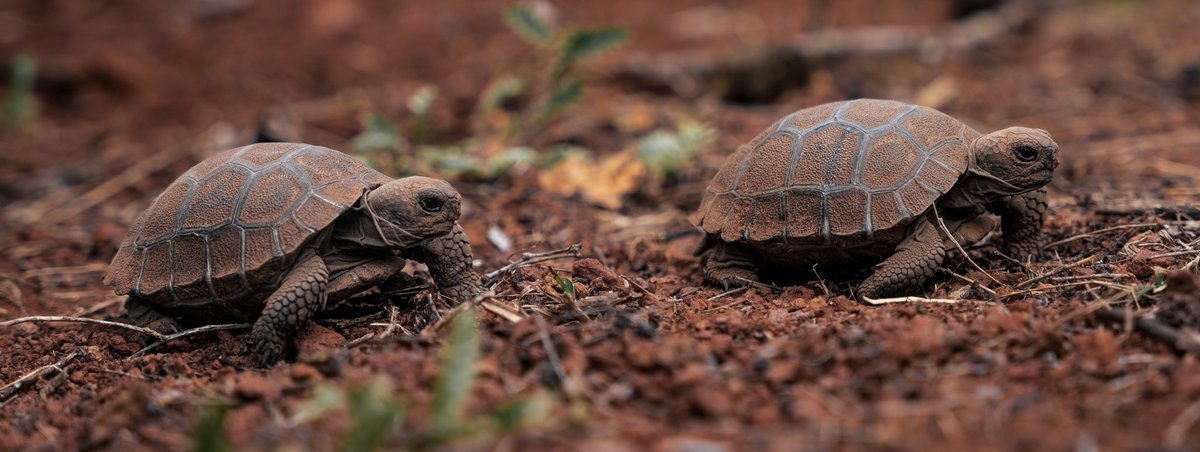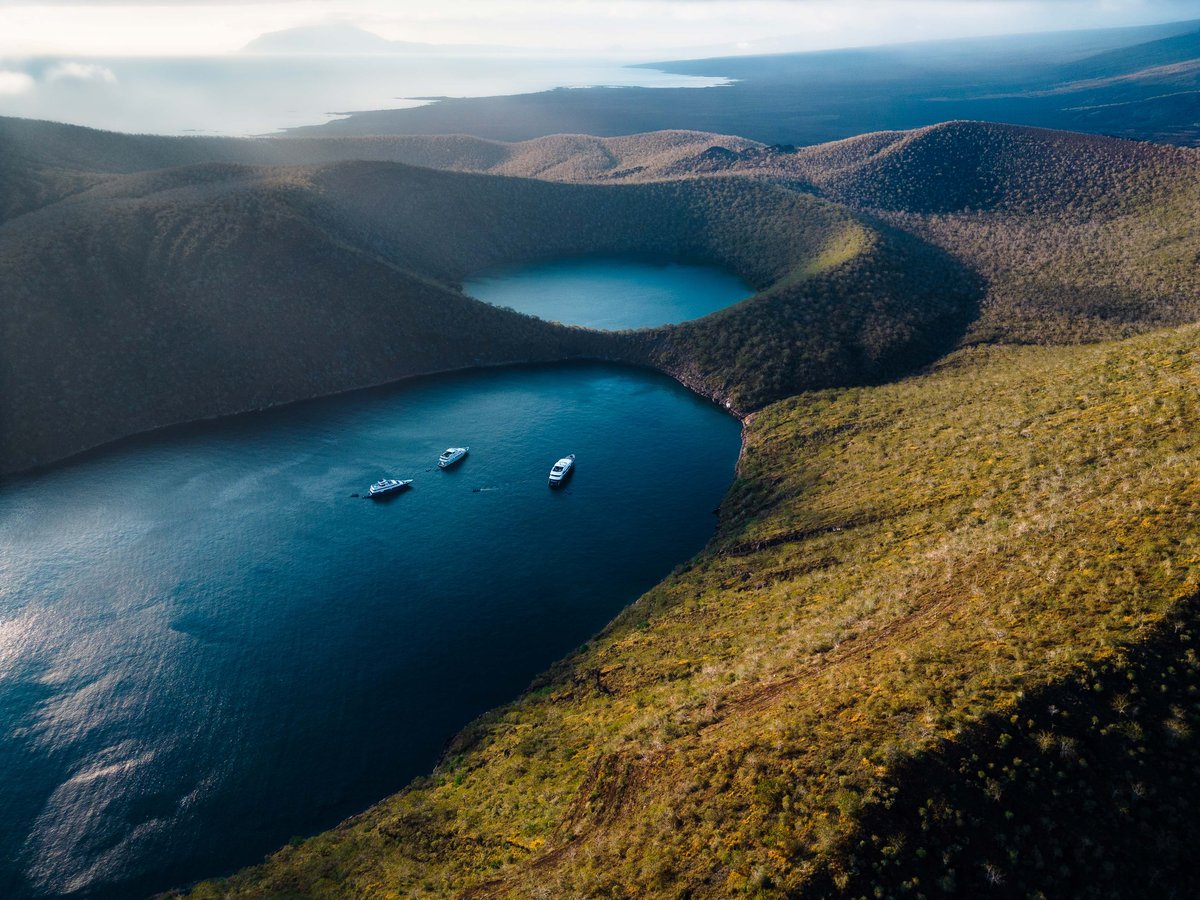Results
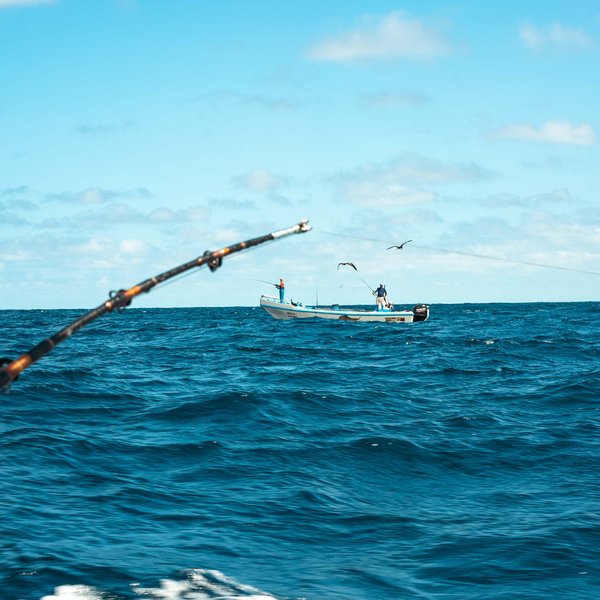
Discover how Galápagos waters fuel Ecuador’s economy and fight climate change. A groundbreaking study by CDF and partners reveals the immense value of marine ecosystems—from carbon-storing mangroves to booming tourism and fishing industries. Learn why protecting these waters is essential for sustainable development and global conservation efforts.
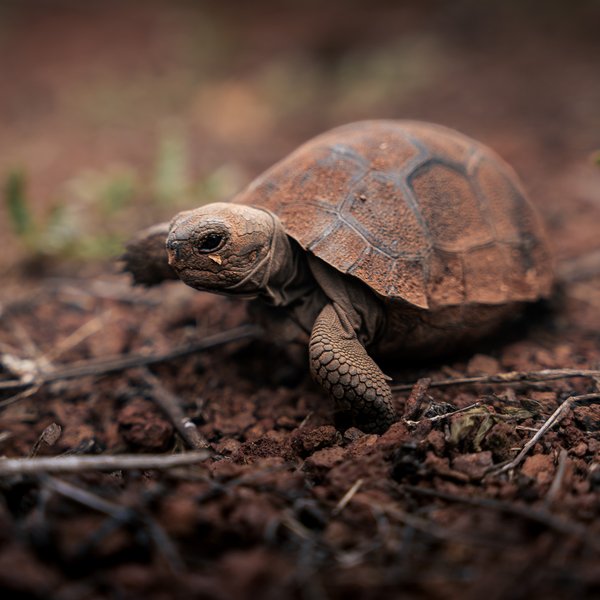
What can giant tortoises teach us about health, science, and hope?
Follow researcher Gislayne Mendoza from her roots in San Cristóbal to the rugged landscapes of Galapagos. Her story unveils surprising virus discoveries, the power of local science, and why protecting these ancient creatures means protecting the delicate balance between wildlife, people, and planet.
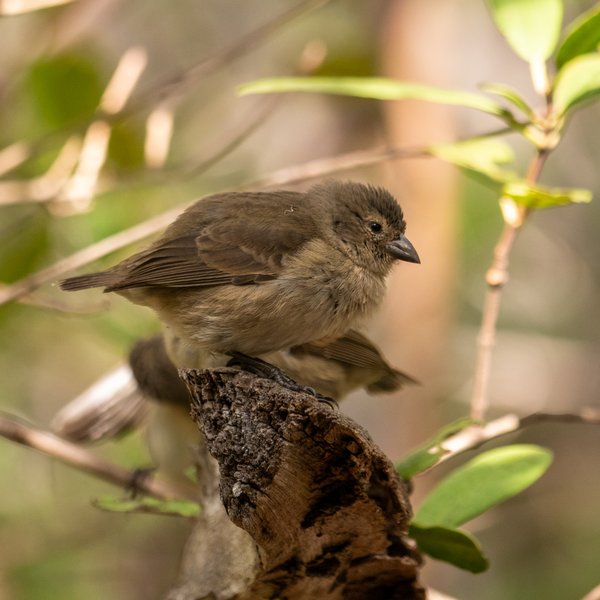
This year’s breeding season brought record success for the Little Vermilion Flycatcher with 39 fledglings, while the Critically Endangered Mangrove Finch continues to be a conservation priority. Discover how science, habitat restoration, and innovation are reshaping the future of Galápagos birds—and why this season marks a breakthrough in conservation.
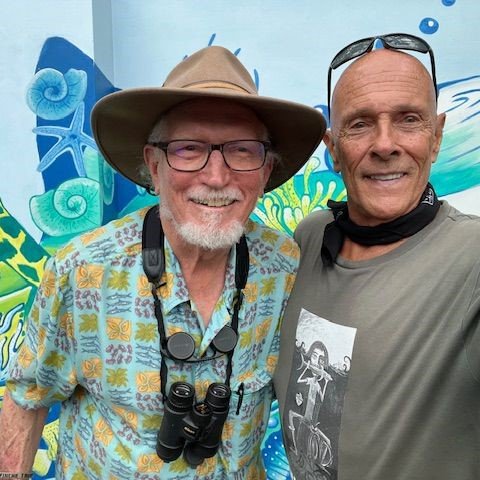
The world conservation movement and the Galapagos Islands lost a passionate supporter, pioneering conservationist, mentor and friend with the death of Dr. Craig George MacFarland in April 2025.

While kayaking along El Garrapatero Beach, a chance sighting led to the re-encounter of Scalesia retroflexa, one of Galápagos’ rarest plants. What began as a weekend outing became a pivotal moment for conservation. Discover how this unexpected find could reshape the future of an endangered species.
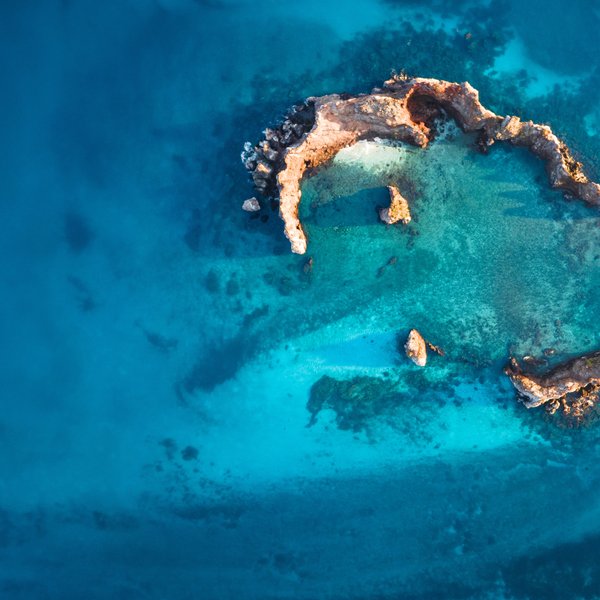
From the Galapagos, the Charles Darwin Foundation issues a science-driven manifesto to UNOC 3 delegates, pressing for robust global policies that conserve marine biodiversity, stop IUU fishing, enforce sustainable tourism, and spark regenerative blue economies that secure ocean health and human prosperity.
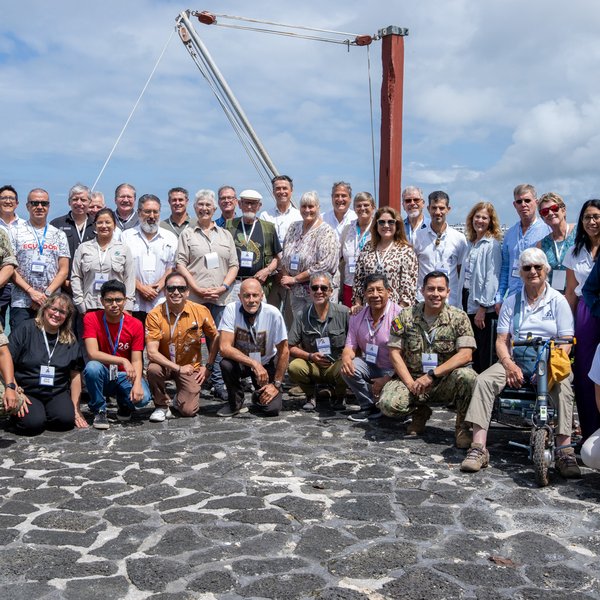
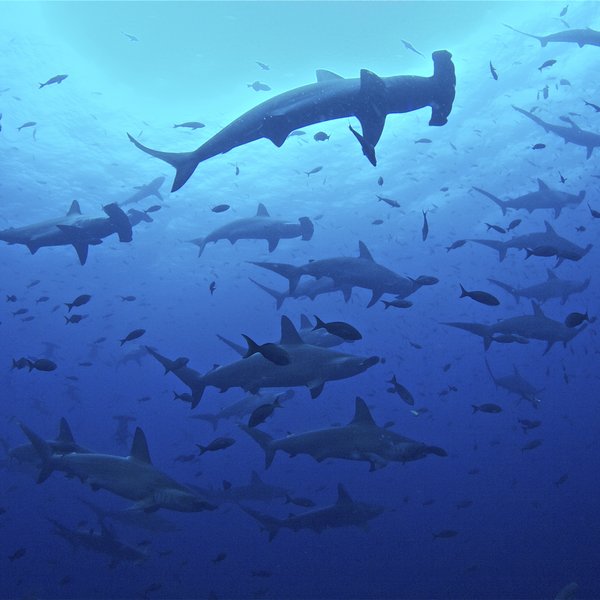
From the heart of the Galapagos, discover how science, community, and conservation unite to protect sharks, turtles, seabirds, and more. Explore the threats, the efforts, and how you can help safeguard our shared blue planet.
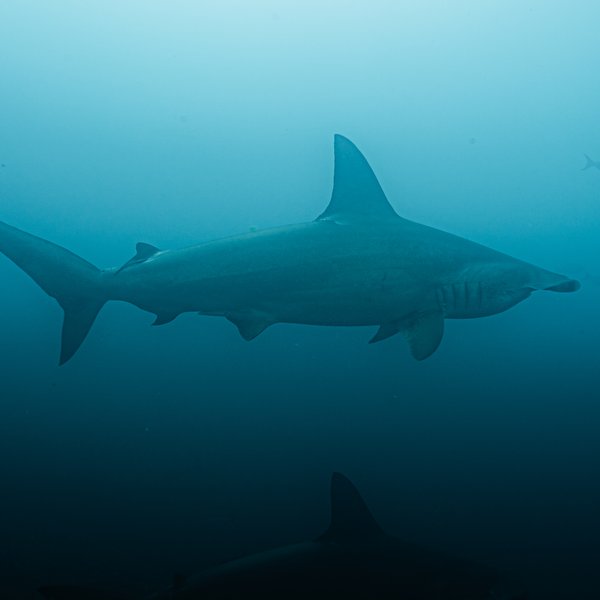
Dive into the mysterious world of sharks and discover their vital role in keeping our oceans healthy. Far from being monsters, sharks are guardians of balance, threatened by human actions. Learn how these majestic creatures sustain marine ecosystems—and how you can help protect them during Shark Week.
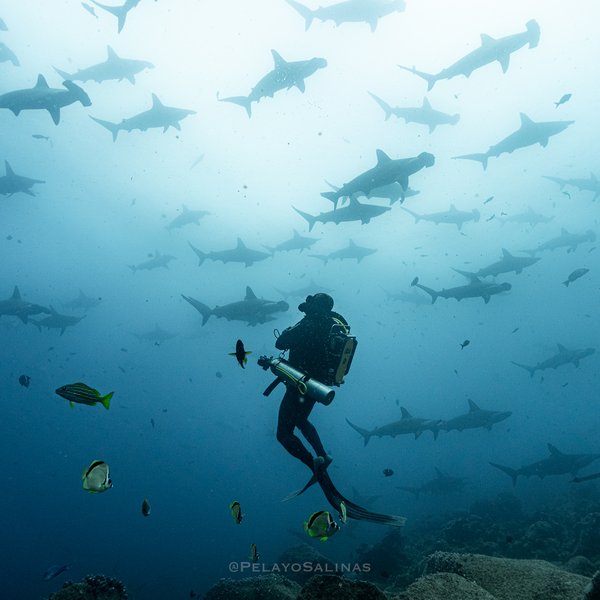
Scientists from the Charles Darwin Foundation’s shark ecology and conservation program and collaborators, have published what is likely the first-ever scientifically recorded birthing migration for the critically endangered scalloped hammerhead shark (Sphyrna lewini).
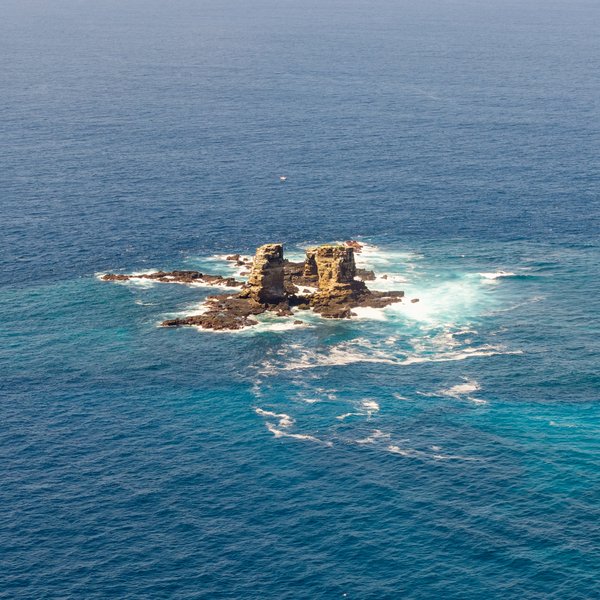
While diving in Galapagos, Erika De la Cruz encountered a hammerhead shark unlike any she’d seen before—one with a curved spine. What began as a routine dive turned into a groundbreaking scientific discovery. Read her story of wonder, resilience, and the power of observation beneath the waves.
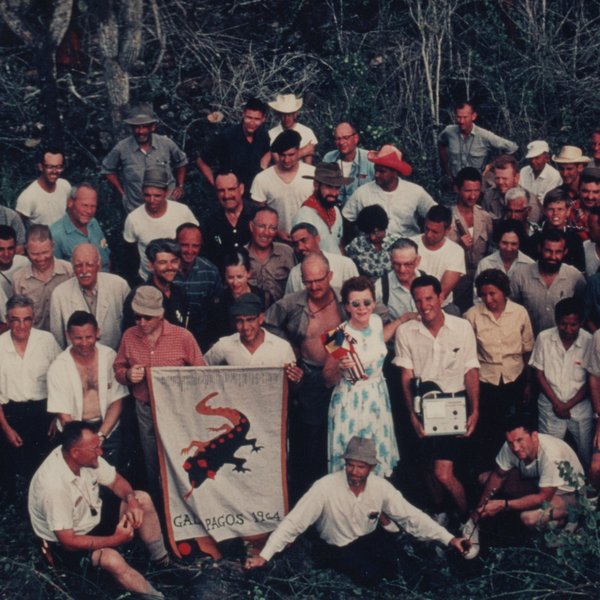
In 2024, the Charles Darwin Foundation (CDF) commemorated 65 years of continuous work in favor of scientific research and conservation of the Galapagos Islands. This anniversary not only marks an outstanding trajectory, but also invites reflection on the role that new generations and authorities must assume to strengthen the protection of this unique natural heritage.
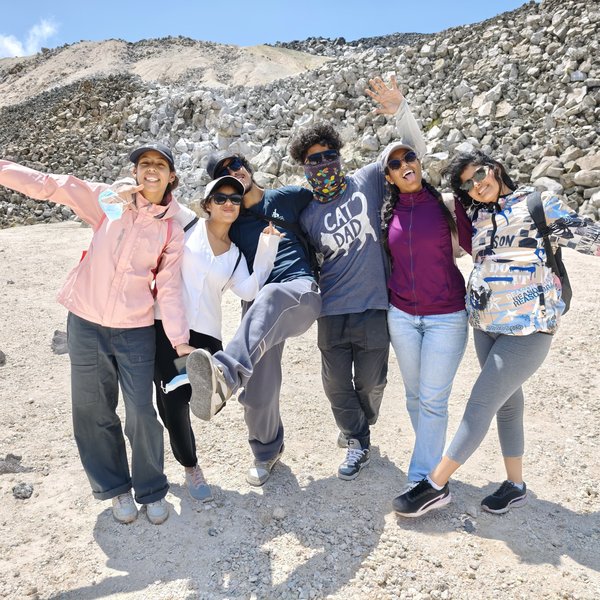
From shy “Shark-Strangers” to a united “Shark-Family,” the Charles Darwin Foundation Leaders Club is transforming young lives in Galápagos. Through leadership workshops, mentoring, adventures on Isabela Island, and unforgettable bonds, these youth are learning to believe in themselves and to protect their home. Discover their inspiring journey here.
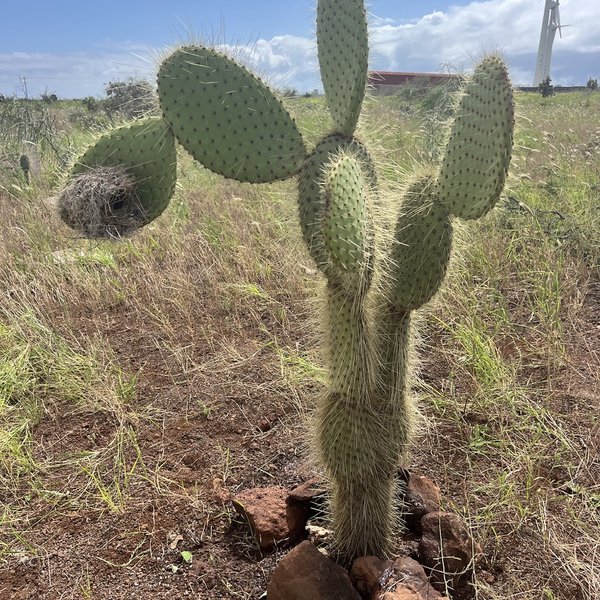
Baltra Island is coming back to life after more than a decade of restoration. Thanks to over 8,000 native plants introduced by the Charles Darwin Foundation and partners, ecosystems are regenerating naturally, offering new hope for Galápagos conservation.
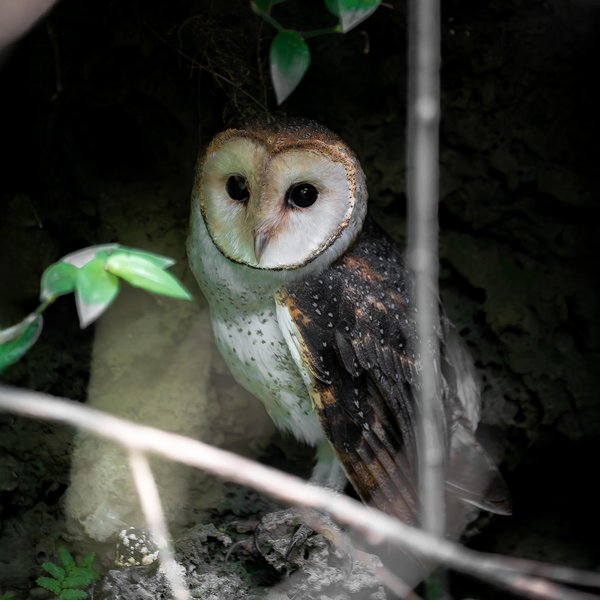
With a heart-shaped face and silent wings, the Galapagos barn owl is a quiet force of balance in the archipelago’s ecosystems. Endemic to the Islands, this elusive predator controls invasive rodent populations, supporting the survival of critically endangered species and ongoing ecological restoration. In the shadows of lava tunnels and forest canopies, it hunts with precision—and reminds us that even the smallest wings can carry the weight of conservation.
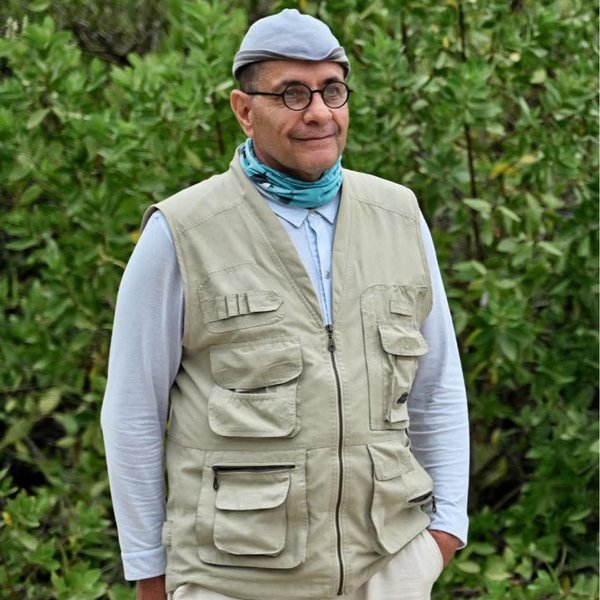
When Mathias Espinosa dived into the ocean, the world fell silent. “Diving is a kind of yoga underwater, where the only thing you hear is your own breathing,” he used to say. That philosophy marked more than three decades of explorations, encounters, and teachings that made him one of the pioneers of sustainable diving tourism and a fervent defender of the biodiversity of the Galápagos Islands.
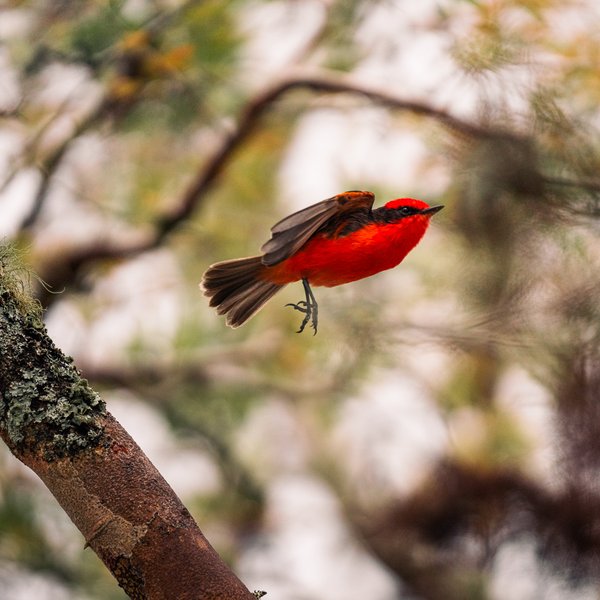
We are excited to announce that the Charles Darwin Foundation (CDF) is now a member of the Global Rewilding Alliance, an international network of over 170 organizations restoring nature around the world. Together, we believe that rewilding is one of the most powerful paths forward to tackle biodiversity loss, climate change, and the global environmental crisis.
For more than 65 years, CDF has grounded its work in rigorous science and deep commitment to conservation in the Galápagos Islands. From wildlife monitoring to habitat restoration, from policy advice to community engagement — our efforts center on restoring natural systems so they thrive. Joining the Global Rewilding Alliance now lets us share what we’ve learned, collaborate with new partners, and scale up our impact.
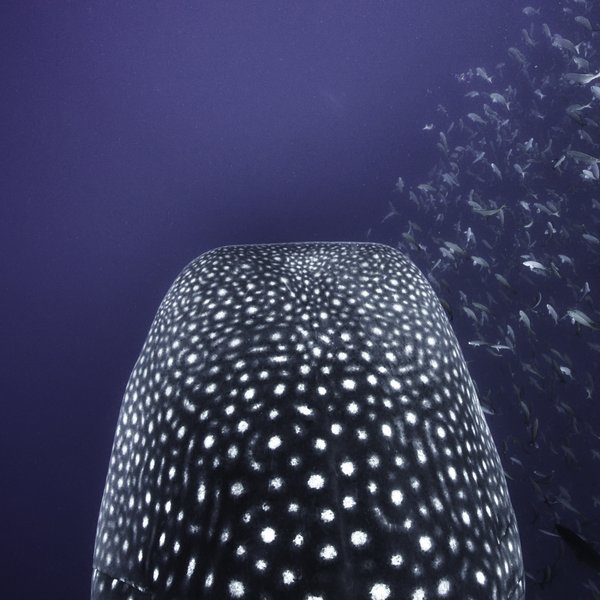
Ushering in a new chapter for ocean governance ratification of the BBNJ agreement.
